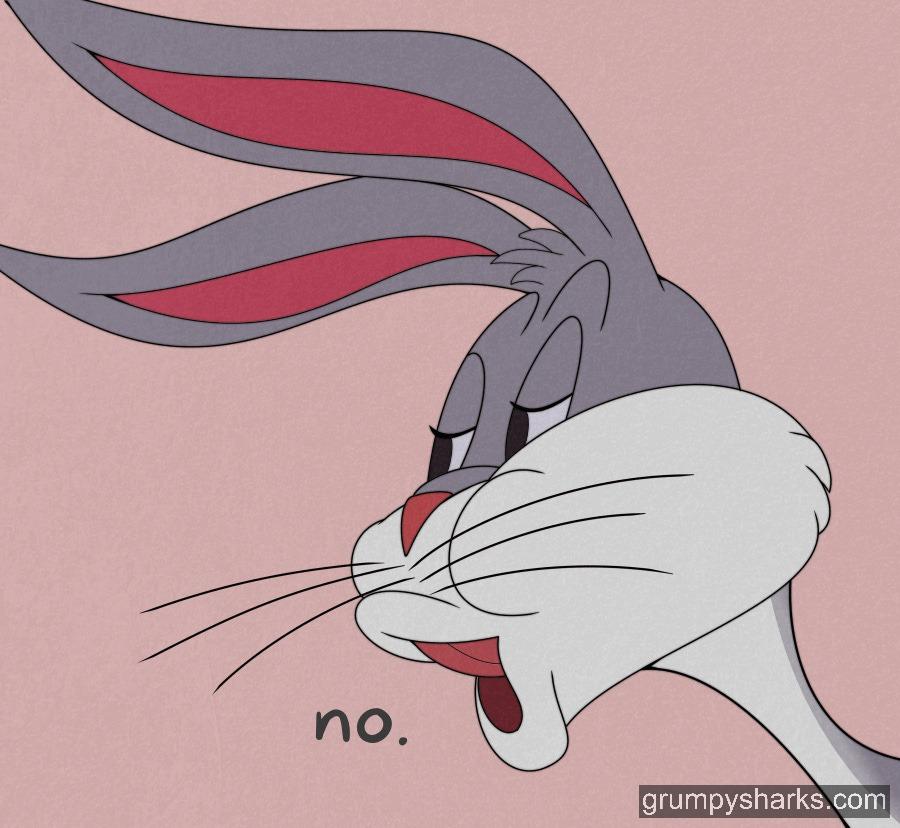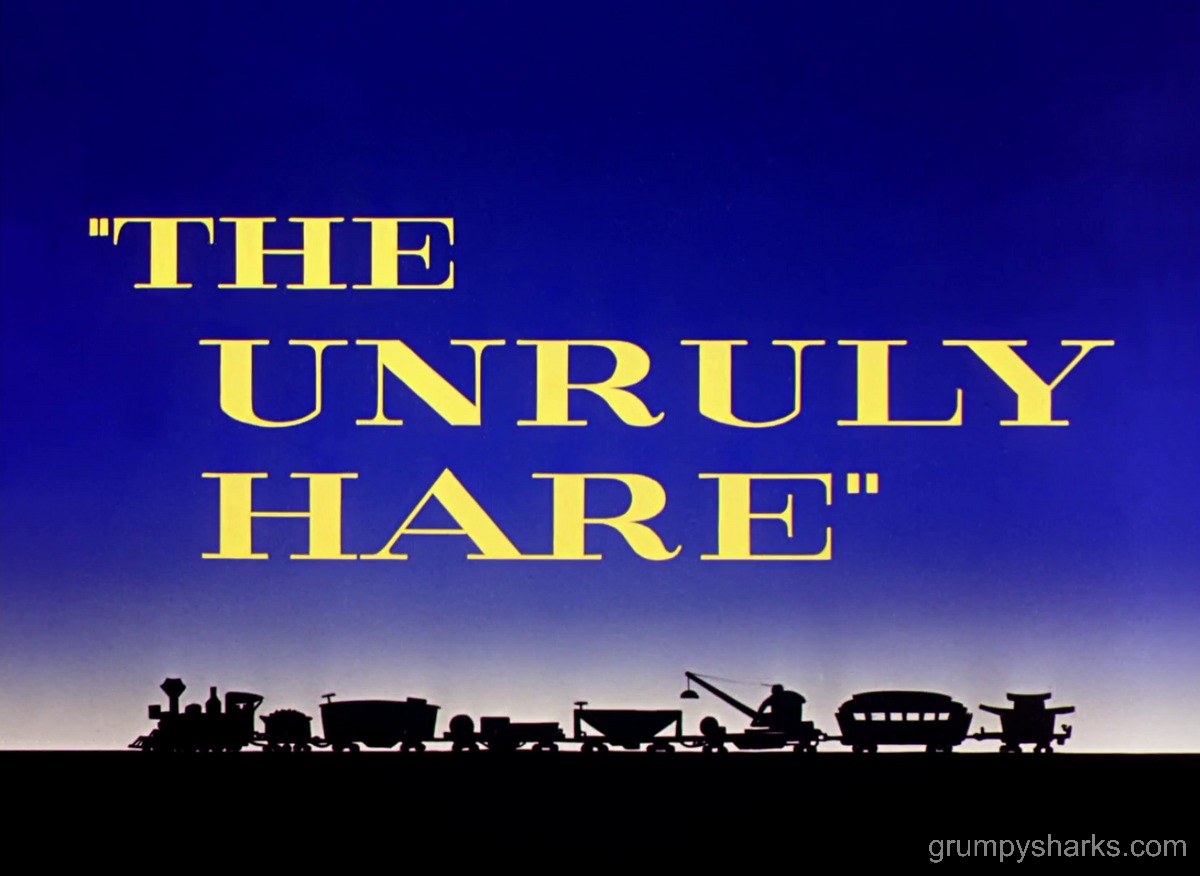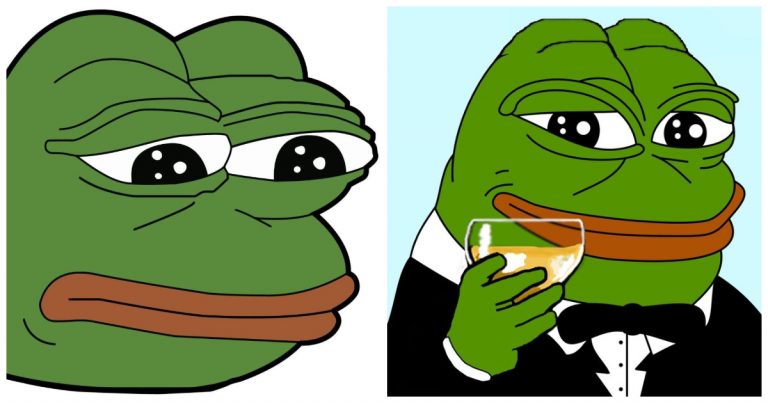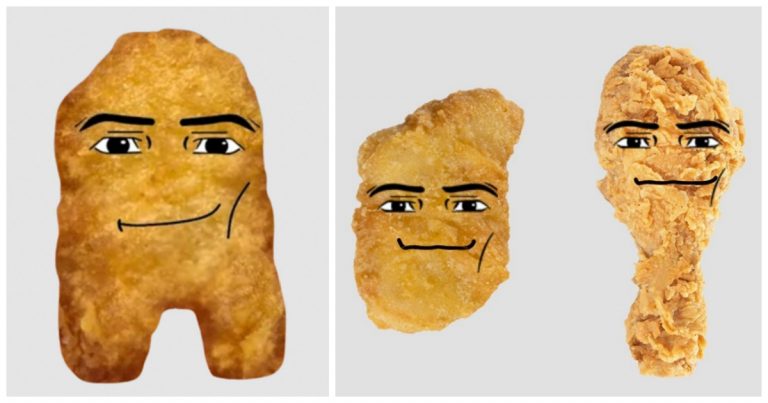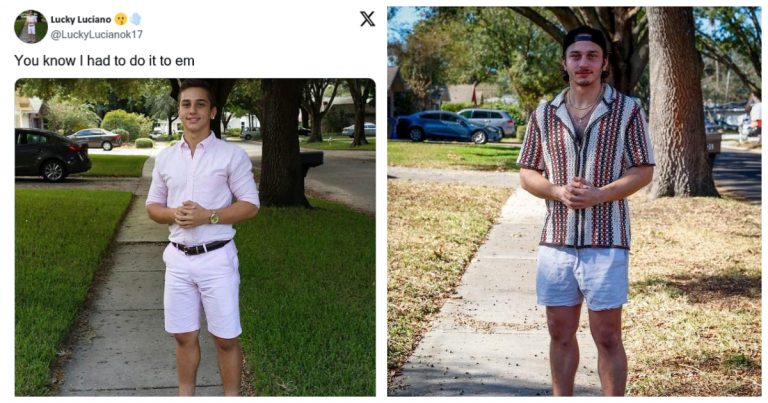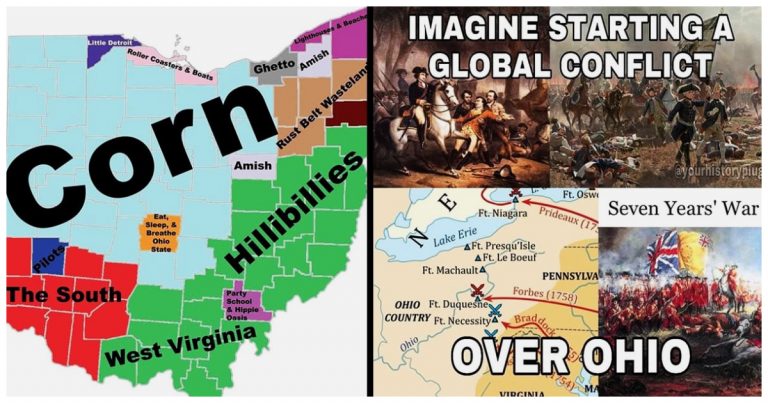The Story Behind The Bugs Bunny “No” Meme: How One Frame Became A Viral Rejection
The Bugs Bunny “No” meme, a single frame from a 1944 Looney Tunes cartoon, has become a viral sensation for its blunt, deadpan rejection. Originating from “The Unruly Hare,” the meme resurfaced in the early 2020s on Reddit and Twitter, gaining traction for its minimalist humor.
Its simplicity, emotional neutrality, and versatility make it a go-to for sarcastic refusals across platforms like group chats, Tumblr, and political debates. Compared to other rejection memes, its variants and adaptations keep it fresh, cementing Bugs Bunny’s timeless role in meme culture with lasting potential.
1. What Is the Bugs Bunny “No” Meme?
What Does the Meme Look Like and How Is It Used?
The Bugs Bunny “No” meme is a single frame from a classic Looney Tunes cartoon featuring Bugs Bunny staring directly at the viewer with a blank, unimpressed expression, paired with the word “NO” in bold, all-caps text.
This image is used to convey a blunt, often passive-aggressive rejection, perfect for shutting down ideas, requests, or arguments without further explanation. Whether it’s dismissing a bad suggestion or rejecting an overzealous opinion, the meme’s stark simplicity makes it a versatile tool for online communication.
Is This One of the Internet’s Most Concise Rejection Memes?
The power of the Bugs Bunny “No” meme lies in its brevity. With just one word and a deadpan cartoon rabbit, it delivers a clear, unapologetic rejection that resonates across contexts.
Its minimalist design—lacking any extra flair—amplifies its impact, making it one of the most concise and effective rejection memes online. Its versatility allows it to fit into serious debates, casual chats, or ironic commentary, proving that less can indeed be more in meme culture.
2. Where Did the Bugs Bunny “No” Meme Come From?
What Cartoon Is the Meme Frame Taken From?
The Bugs Bunny “No” meme originates from a single frame in the 1944 Looney Tunes short The Unruly Hare, directed by Frank Tashlin. In the episode, Bugs Bunny faces off against Elmer Fudd, and the meme frame captures Bugs staring directly at the camera with a flat, unimpressed look, as if rejecting Elmer’s antics outright.
The original context was humorous defiance, but the isolated frame’s neutral expression and bold “NO” gave it new life decades later. You can explore the episode’s context on Looney Tunes’ official archives.
How It Resurfaced Decades Later
The meme gained traction in the early 2020s when internet users on platforms like Reddit and Twitter (now X) rediscovered the frame. Posts on subreddits like r/memes and r/anti-meme shared the image for its stark, anti-climactic humor, resonating with Gen Z’s love for minimalist and ironic content.
By 2021, meme pages on Instagram and Twitter amplified its spread, turning Bugs’ deadpan “NO” into a cultural shorthand for rejection. Check out early discussions on Reddit’s r/memes for examples of its rise.
3. Why the Bugs Bunny “No” Meme Went Viral
Why It Hits So Hard with So Little
The Bugs Bunny “No” meme’s viral success stems from its anti-climactic delivery and emotional neutrality. Bugs’ blank stare, paired with the unyielding “NO,” creates a dry, dismissive tone that’s both hilarious and relatable.
It’s perfect for moments of ironic rejection, like shutting down a bad take or refusing an awkward request. The meme’s visual simplicity—lacking flashy effects—makes it universally applicable, from casual banter to pointed sarcasm.
Where It Gained Traction
The meme exploded across platforms like Reddit (r/memes, r/anti-meme), Twitter replies, and Tumblr’s minimalist blogs. Its small file size and punchy message made it ideal for group chats and text message screenshots, where users shared it to reject everything from bad plans to unsolicited advice.
Its spread was further fueled by meme aggregators on Instagram and TikTok, where it became a staple in reaction meme compilations. For examples, search Twitter for “Bugs Bunny No meme” to see its widespread use.
4. How the Meme Became a Symbol of Internet Negation
From Apathy to Sarcasm
The Bugs Bunny “No” meme’s emotional range spans apathy, sarcasm, and outright defiance. It’s used in scenarios like rejecting toxic relationship dynamics, refusing job interview clichés, or dismissing political hot takes.
Its neutral tone lets users project their own context, making it a Swiss Army knife for online negation. Whether it’s a polite “nope” or a savage shutdown, Bugs’ expression carries the weight.
Versus Other Rejection Memes
Compared to other rejection memes like Key & Peele’s “Nope” sketch, “Nah fam,” “Delete that right now,” or Michael Scott’s dramatic “No, God, please no!” from The Office, the Bugs Bunny “No” stands out for its simplicity.
While others rely on longer phrases or specific cultural references, Bugs’ one-word rejection is universally understood, requiring no backstory. See comparisons in meme discussions on Know Your Meme.
5. Variants and Creative Adaptations of the “No” Meme
Text-Only and Zoom-In Variants
Creative spins on the Bugs Bunny “No” meme include text-only versions, where the word “NO” is enlarged or distorted for emphasis, and zoom-in edits that focus tightly on Bugs’ deadpan face.
These variants are popular in short-form videos on TikTok and Instagram Reels, often used as abrupt punchline endings to skits or reaction clips. The flexibility of the format keeps it fresh across platforms.
Cultural and Political Remixing
The meme has been remixed for cultural and political commentary, with Bugs rejecting everything from conspiracy theories to fad diets.
In partisan debates or fandom wars, the meme serves as a quick way to dismiss opposing views, like rejecting a political platform or a questionable celebrity opinion. Its adaptability makes it a favorite for niche communities on X and Tumblr.
6. The Timeless Meme Power of Bugs Bunny
Why Bugs Bunny Works in Modern Memes
Bugs Bunny’s chaotic neutral energy, expressive face, and iconic status make him a perfect meme candidate. His timeless design—unchanged since the 1940s—resonates with modern audiences, while his sly, unbothered demeanor fits the internet’s love for irony.
As a Looney Tunes staple, Bugs carries a recognizable brand that transcends generations, making his memes instantly relatable. Learn more about Bugs’ legacy at Warner Bros’ Looney Tunes history.
Other Bugs Bunny Memes That Found Virality
Bugs Bunny has starred in other viral memes, like the “I wish all [X] a very pleasant evening” format, where Bugs toasts to specific groups with sarcastic goodwill, and “Communist Bugs,” where he points with a labeled hand to mock ideological debates.
These memes, like the “No” meme, thrive on Bugs’ versatile expressions and cultural staying power, as seen in meme archives on Know Your Meme.
Conclusion
The Bugs Bunny “No” meme is more than a fleeting internet joke—it’s a masterclass in minimalist humor. From its origins in a 1944 Looney Tunes cartoon to its viral resurgence in the 2020s, this single frame of Bugs Bunny’s deadpan rejection has captured the internet’s love for simplicity and sarcasm.
Its versatility across platforms, emotional range, and endless adaptability ensure it remains a powerful tool for online negation. As Bugs Bunny continues to dominate meme culture, the “No” meme’s legacy as a timeless, concise rejection is secure.

